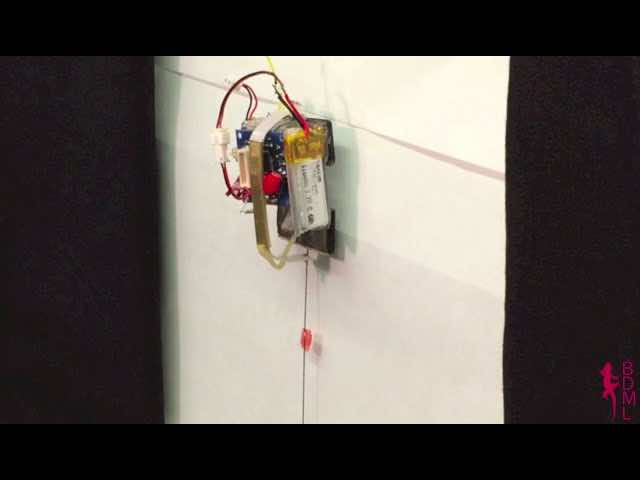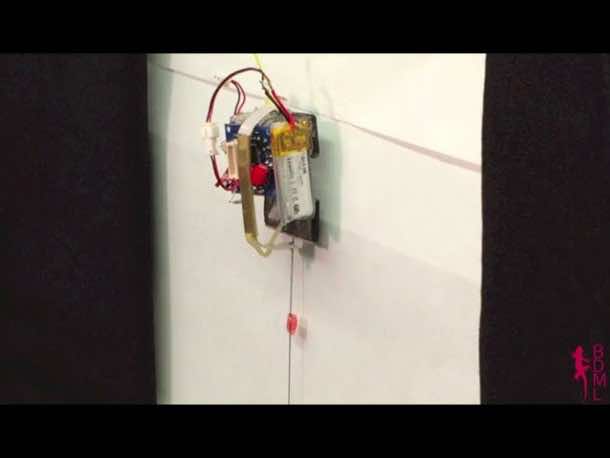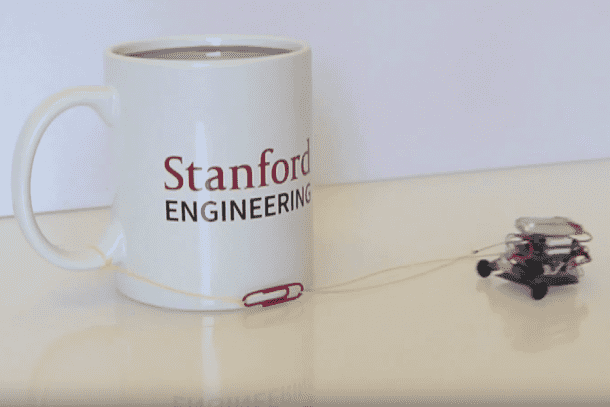Robots don’t need muscles or tendons to carry weight, instead relying on motors and steel machine elements, so they can lift and transport bigger load than their weights. Just how much? One of these wall-climbing ones can raise a paltry 2,000 times! And that is coming from a microbot, not even a full-sized one.
Stanford’s top roboticists have been working on these tiny robots and we they will unveil it to the masses officially at an International Conference on Robotics and Automation to be held in Seattle. There are a number of robots that are slated to be released on he summit. One of them is this tiny midget that was probably conceived under a microscope.
This robot is climbing a wall while carrying 100 times its own weight. It has a lesser weight carrying ability, but it is the smallest microbot to have ever built at Stanford. It can carry 500 milligrams when the robot itself is no more than 20 milligrams itself.
Next is the feature robot uTug. It is also a wall climbing robot, and it can carry 24 kilograms up a wall when it is just 12 grams a piece. If you were the size of that robot, it woul be equivalent to carrying six f-35 JSFs up a mountain.
There are many reasons for this greater power lifting capability. The credit goes to powerful motors and excellent traction. The feet of these wall climbing robots are also very efficient at climbing vertical height. They were based on the movement of a gecko lizard. There is a pressure sensitive adhesive present in the foot of the robot that increases the adhesion once he pressure has been applied. It causes it to stick to the wall surface. The robots have multiple paws and only one hand at a time is released and brought into new position.
It is hoped that in the near future, these robots could be used to transport heavy machinery and other construction equipment to the upper floors of a massive structure. It could also be used to study ravines, volcanoes and even used in Mars missions. The possibilities are endless with something this awesome.
Here is a full video of these two robots:




